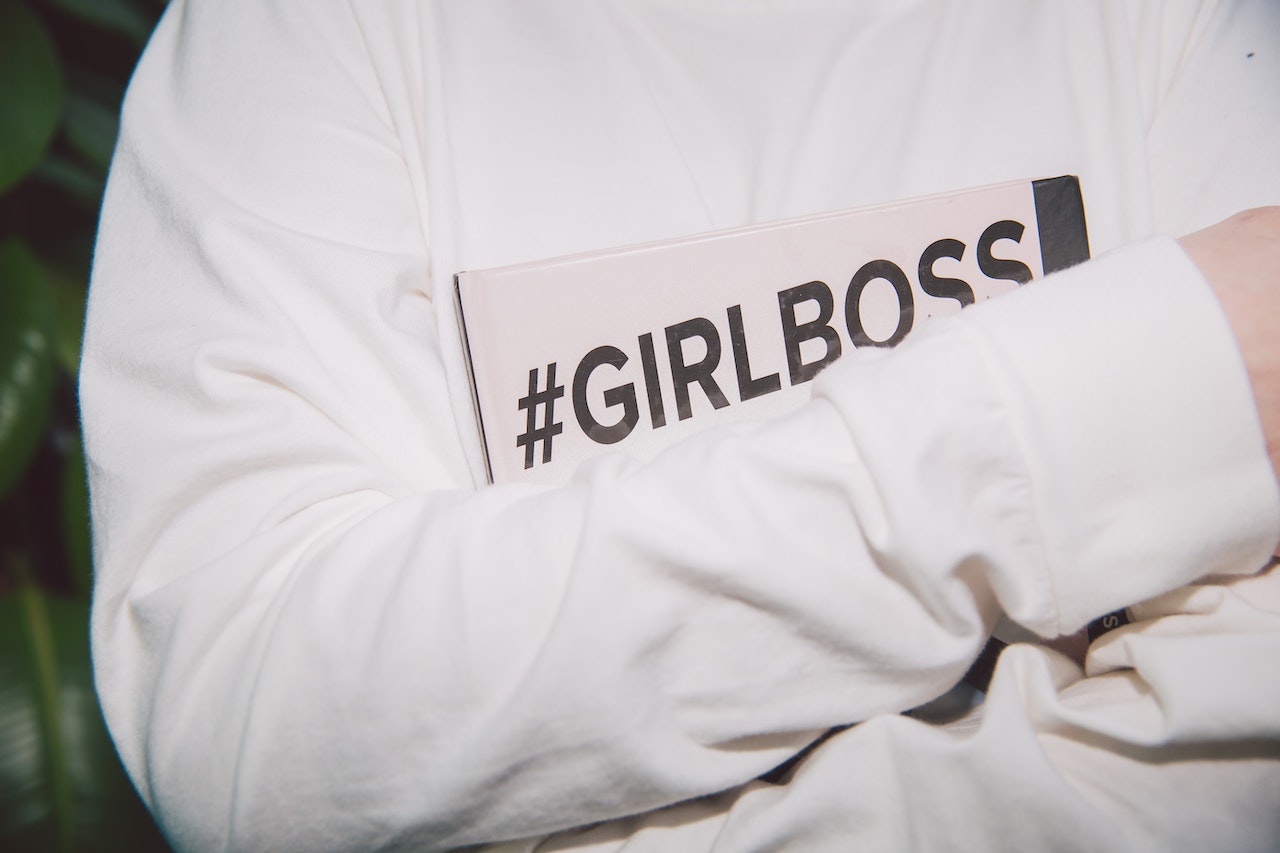A hashtag (or 'hash tag', to give its full name) is a label or keyword phrase used on social media platforms such as Twitter and Instagram to categorise or identify content relevant to a particular topic.
Hashtags sit on the center of the internet and social media circles, allowing users to find and engage with content based on the hashtagged topic. It helps to bridge the gap between individuals and brands, teams and communities, allowing users to support causes and find shared interests.
Read on to discover more about the subject of hashtags, including how to use them, best practice tips and common mistakes to avoid.
Understanding Hashtags
Social media users create hashtags to organise and find content using keywords and phrases. People can use the hashtag to search on social media platforms and the content associated with the hashtag (the hashtag posts) populates in results.
For example, if you type in #chocolate on Instagram, all posts containing this hashtag will appear. A post containing the hashtag you have used in the post content appears as a hashtag post. This means the corresponding post will appear in the hashtag search results.
How to Use Hashtags
Using hashtags is simple - once you understand how to use them. Think of a keyword phrase that is relevant to your post and add a '#' in the front of the key phrase (don't forget the '#' symbol).
It is best to be creative but not overly creative with your hashtag. The hashtag should be something recognizable and easy to find, but also something that users can remember.
For example, if you post a picture of a cake, you could add #baking and #sweetdelights to your post.
Become a Sales & Marketing Rainmaker
Learn valuable skills to win more customers, grow your business, and increase your profits.

Hashtag Best Practices
There are some general tips to follow with hashtags. Try to keep them concise and easy to remember. The shorter they are, the better, as many users tend to forget hashtags after a few minutes. You can have up to 30 hashtags per post - however, it is not wise to use so many.
Make sure your hashtags are relevant and local if necessary. For example, if you are posting about a surf competition in Cornwall, use a hashtag such as #cornwallsurfing or #britishsurfingcompetition.
Avoid using popular hashtags in your post. Popular hashtags referring to established topics can make it hard for your content to stand out, such as #love and #picoftheday. Instead, research and use relevant, specific phrases for hashtags.
Finally, try to use popular hashtags and even trending ones, but keep in mind that these can change quickly.
Common Mistakes with Hashtags
One of the most common mistakes is using too many hashtags. Remember to keep it concise, as overly long hashtags can cause confusion and difficulty in trying to find or use them.
Another mistake that users can make is using hashtags without searching for them first. This might lead to mistakes of spelling and incorrect hashtags - for example, if you accidentally hashtag #hatlovers rather than #catlovers, your post won't show up in the search results you are aiming for.
Also, it is not wise to overuse hashtags in a single post. The best practice is to use no more than three hashtags in one post.
